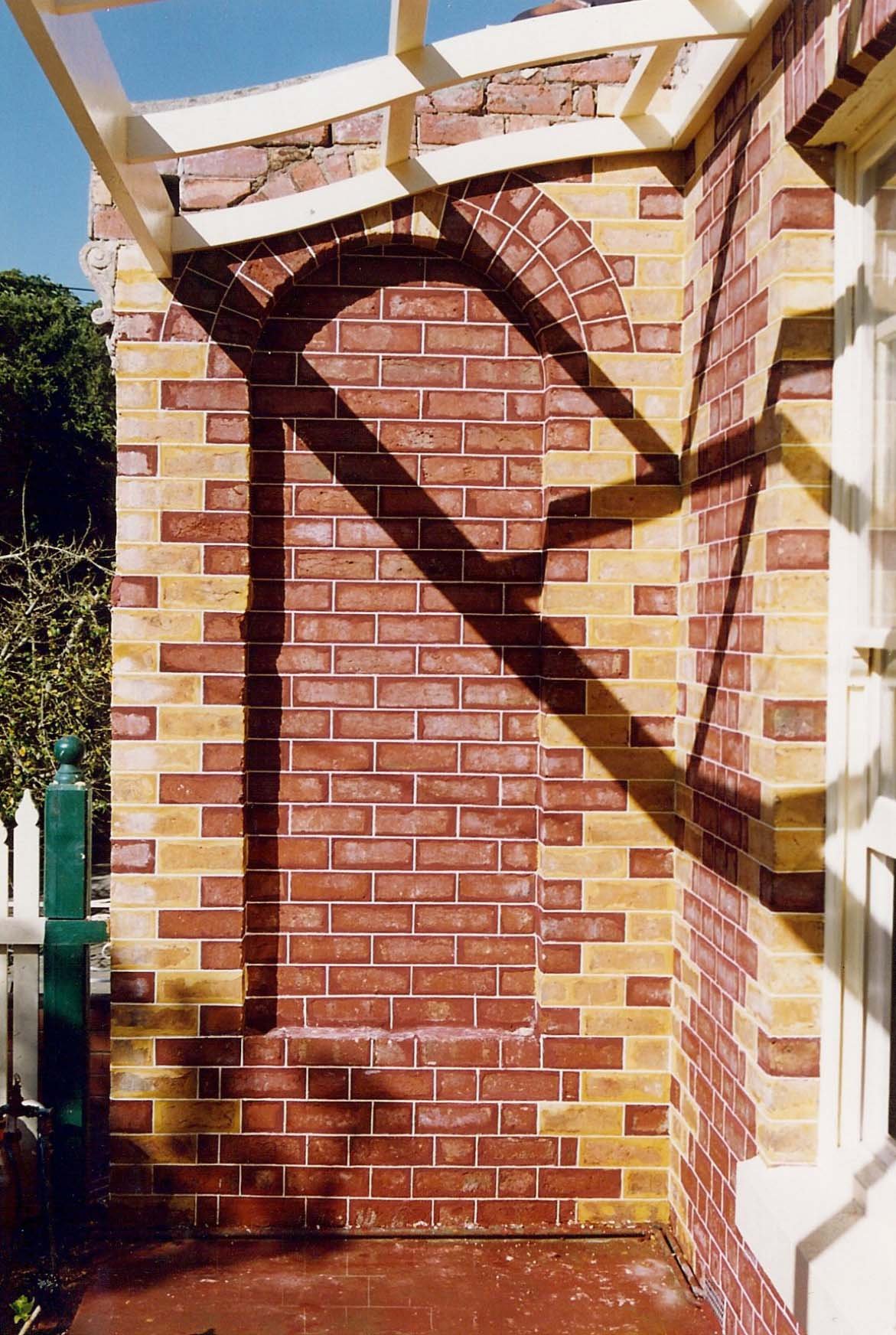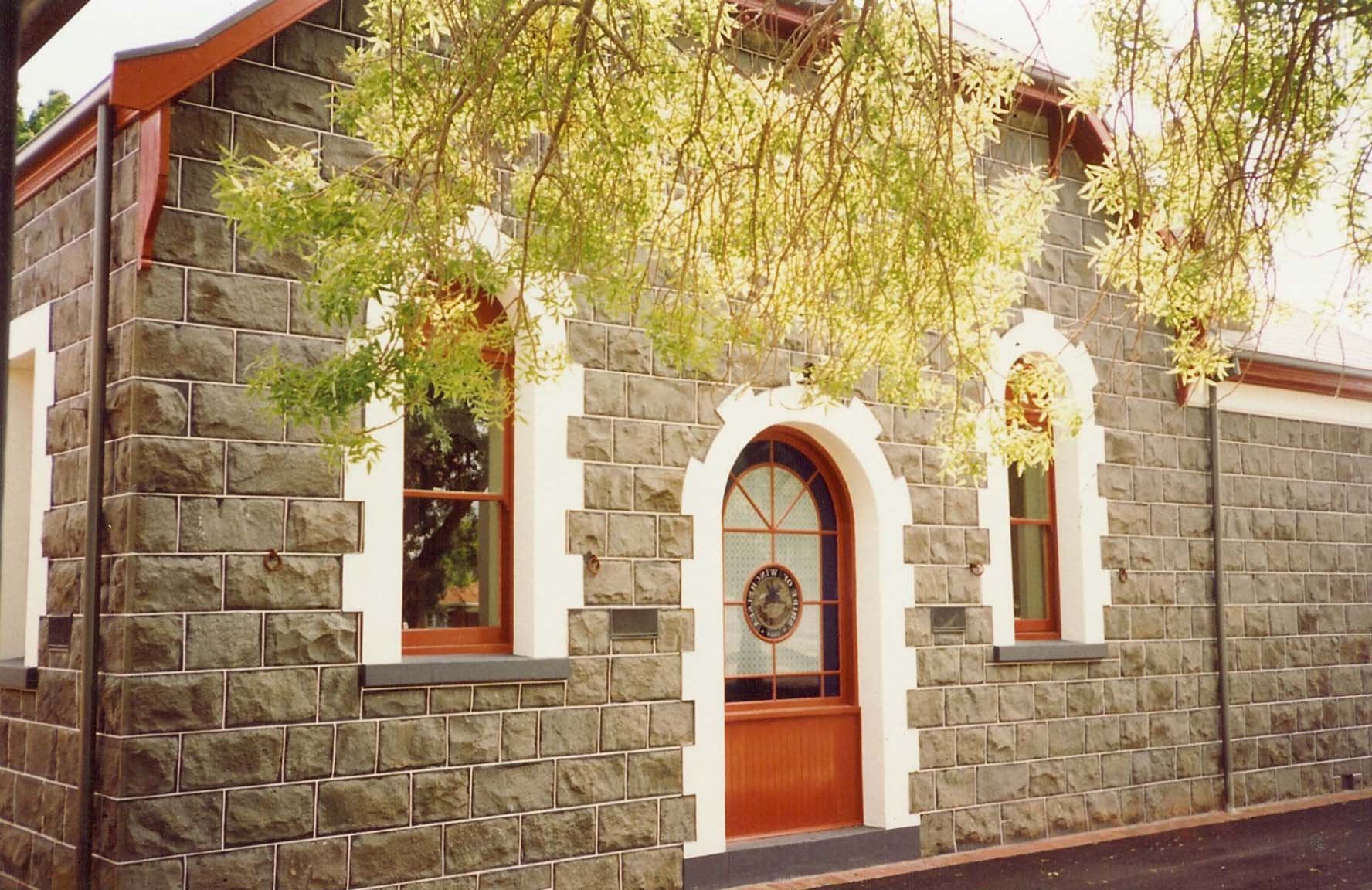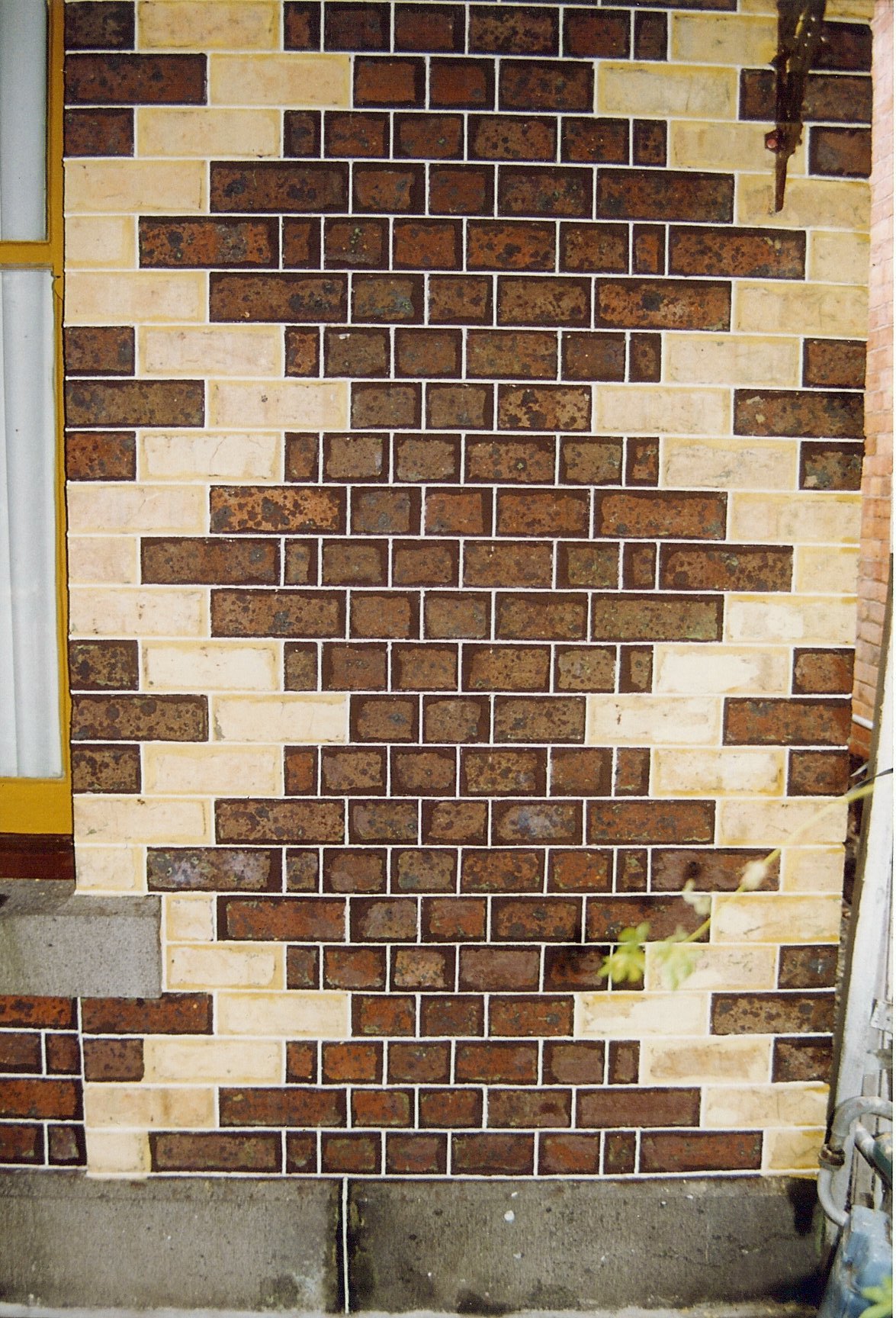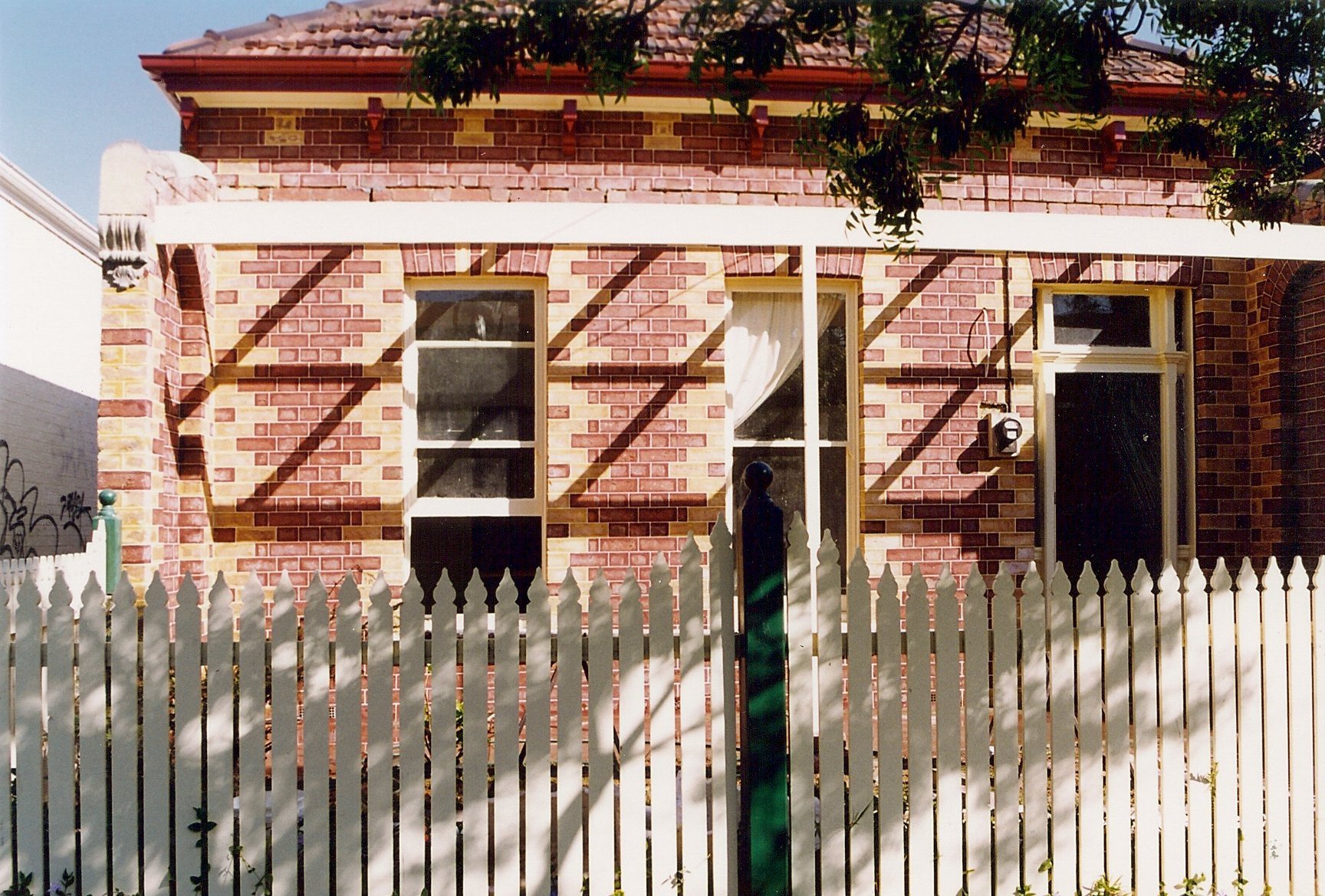An introduction to Tuckpointing
In the era of early brick houses from approximately 1860’s – 1940’s, Tuckpointing was a very well known trade, for it served two important purposes, in that not only did it define the size of the bricks but it also sealed the lime joints from the weather.
In the defining of the bricks, most of the bricks during this era up to the early 1900’s bricks were handmade using timber moulds and dried in the sun and later fired, so the bricks varied in size and therefore the white or black tuck line was used to defined the size of the bricks. From the 1900’s bricks were made as we understand now and kiln dried, and by the 1920’s cement was used as a status symbol in society.
In sealing the joints from the weather, cement was available in Australia from about the 1850’s but the cost to build in cement mortar far outweighed the cost to build in lime mortars. Lime mortars were susceptible to moisture as lime attracts moisture.
To overcome this problem they rejointed the face of the wall with a mortar that would protect the joints. This mortar had waterproofing additives added such as linseed oil, tallow or bees wax, depending on the wall structure at the time. The mortar was coloured to match the colour of the bricks, so from a short distance all that you could see would be the white or black line, defining and highlighting the various textures of the brick.
The different colour of the line generally defined the era of the house. The white line was and is used predominantly in Victorian era homes. These homes were built from the 1860’s – through to the death of Queen Victoria. The black lines were used in the Edwardian era homes and these homes were built from 1900’s to the First World War. Black traditionally represents mourning and it is believed the black line was used in respect to Queen Victoria. After the First World War to the 1940’s either coloured line was used.
Traditional colourings of mortars was done by grinding bricks to dust and earth pigments, there has also been reports of charcoal used for black and fresh animal blood used to enhance the red. Today we use mineral oxides mainly red, brown, black and yellow. Different colour sands and cements were also used to obtain the best results.




